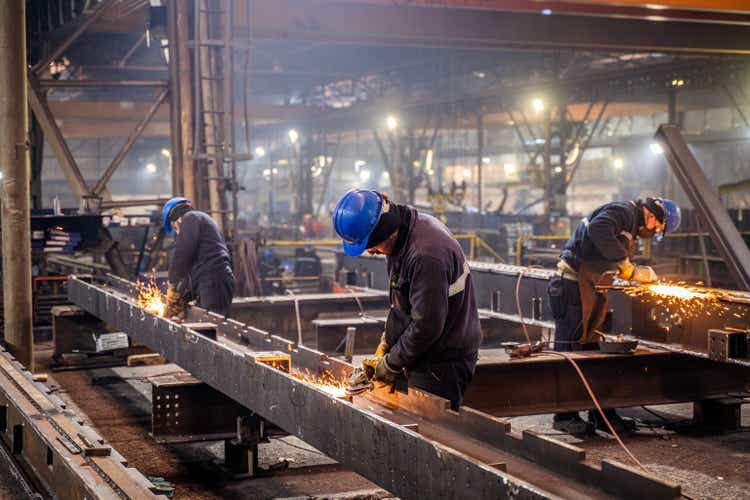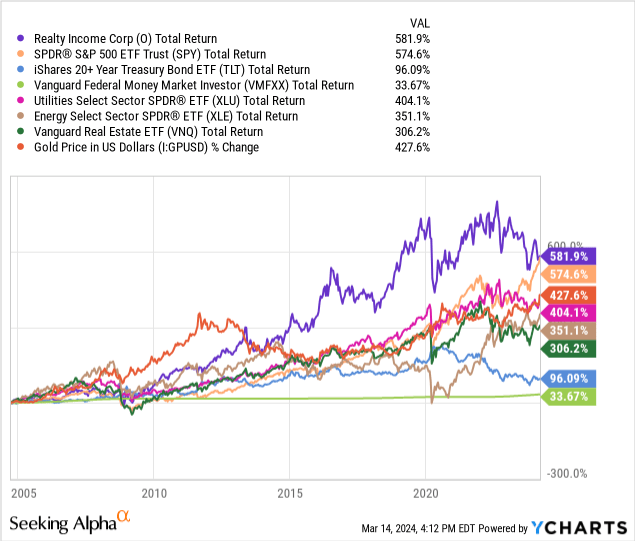Proof of Funds Technology Seeks to Replace Exchanges’ Reserves Reports
July 17, 2024 | by stockcoin.net


In the evolving landscape of digital finance, proof of funds technology is poised to transform how exchanges report their reserves, addressing critical issues of transparency and trust. Spearheaded by data lake provider TRES, this innovative mechanism seeks to offer real-time, automated snapshots of exchange and custodian reserves, a significant advancement over current practices that have been susceptible to manipulation. This move towards greater transparency is underscored by the recent collapse of FTX, which spotlighted the dire need for more robust asset monitoring tools. As traditional financial systems increasingly intersect with digital assets, the demand for standardized, transparent, and reliable reports is expected to grow, marking a pivotal step towards integrating cryptocurrency within the regulatory frameworks of established financial sectors. Have you ever wondered how the blockchain world could increase its transparency and trustworthiness? As the cryptocurrency market continues to evolve, trust remains a pivotal issue for both individual and institutional investors. One technology that is increasingly gaining traction is the proof of funds mechanism, which seeks to revolutionize how exchanges and custodians report their reserves.
Introduction to Proof of Funds Technology
Proof of funds is not a new concept in the financial world. Traditionally, it has served as a way for exchanges to demonstrate they hold sufficient assets to cover their liabilities. This mechanism intends to provide investors with reassurance about the solvency and integrity of crypto exchanges, thereby mitigating the risks associated with insolvency and fund misuse.
The Evolution of Proof of Funds
The Need for Transparency and Trust
The collapse of prominent exchanges such as FTX in November 2022 has raised significant concerns about transparency and accountability in the crypto space. This unfortunate event has further catalyzed the need for more efficient asset monitoring solutions. With investors becoming increasingly wary, presenting solid proof of reserves has never been more crucial.
Introduction of Real-Time Mechanisms
Financial solutions like TRES have recognized this need for transparency. They are introducing innovative proof of funds mechanisms that deliver automated snapshots in real-time for crypto exchanges and custodians. These solutions provide a more dynamic and reliable way to ensure that investor assets are managed responsibly.
The Current State of Proof of Reserves
Existing Practices
Different exchanges have different methodologies for providing proof of reserves, and this lack of standardization is a significant pain point in the industry. For instance, Binance’s proof of reserves report reveals that while user assets are fully backed, some corporate holdings are not included in their reserve calculations. Kraken, in contrast, takes snapshots of spot balances for select assets. This inconsistency leaves room for potential manipulation and lessens the trust investors may have in these platforms.
Limitations and Criticisms
Despite its merits, proof of reserves has limitations. A primary concern is that current practices do not offer a robust audit trail. Simply taking balance snapshots of specific wallets does not provide a comprehensive view of an exchange’s financial health. This presents challenges when trying to build a real, validated trust framework for customers.
Technological Solutions in Proof of Funds
Onchain Monitoring Tools
Several companies and technologies have attempted to fill the gaps left by traditional proof of reserves. Chainlink, for example, utilizes oracles to conduct decentralized audits of assets and liabilities on exchanges. Glassnode also provides tools for tracking exchange balances and analyzing onchain data to assess reserves. These solutions aim to provide a more reliable and transparent mechanism for auditing digital assets.
The Role of Financial Data Lakes
Financial data lakes like TRES are pioneering the way towards real-time proof of funds mechanisms. TRES claims to offer automated snapshots that provide continuous monitoring of crypto assets. According to Tal Zackon, co-founder of TRES, their mechanism not only tracks wallets but also maintains a complete audit trail, offering a more expansive view of an exchange’s financial operations. This approach could solve many of the limitations plaguing traditional proof of reserves.
Institutional Demand for Standardization
Increased Institutional Interest
The uptake of digital assets by traditional companies is at an all-time high. According to Coinbase’s 2023 Institutional Investor survey, 64% of current crypto investors expect their allocations to increase over the next three years. This increasing interest calls for standardized methodologies for asset tracking and auditing.
Aligning with Traditional Financial Systems
To accommodate this demand, crypto companies must align their practices with traditional financial systems. Zackon emphasizes the need for the crypto industry to operate within existing regulatory frameworks. This alignment will not only increase transparency but also instill greater trust among institutional investors.
Case Studies and Market Impact
Chainlink and Decentralized Audits
Chainlink’s use of decentralized oracles is a prime example of how new technologies can offer improved transparency in proof of funds. By providing decentralized audits, Chainlink ensures that asset and liability assessments are more transparent and tamper-proof.
Glassnode’s Analytical Tools
Glassnode enhances transparency through its analytical tools, allowing investors to trace exchange balances and understand onchain data better. These tools help the community keep a vigilant eye on the financial health of crypto exchanges.
Impact on the Crypto Market
The introduction of more sophisticated proof of funds mechanisms has the potential to transform the crypto market. It could lead to higher levels of trust and potentially increase the market’s overall stability. As technology continues to advance, we may see a shift towards even more robust and transparent monitoring solutions.
Regulatory Landscape and Compliance
Existing Regulatory Challenges
One of the most substantial challenges in implementing proof of funds mechanisms is the lack of clear regulatory guidelines. Governments and regulatory bodies are still grappling with how to effectively oversee this rapidly evolving space. For the industry to flourish, clear, actionable regulations are needed.
The Path Forward
Regulatory bodies, along with key industry stakeholders, must collaborate to establish comprehensive guidelines. This collaboration can help develop standardized practices that will further enhance transparency and trust in the crypto market.
The Future of Proof of Funds Technology
Innovations on the Horizon
As blockchain technology continues to advance, we can expect further innovations in proof of funds mechanisms. These developments will likely focus on integrating more advanced technologies such as artificial intelligence and machine learning to offer even more precise and reliable auditing solutions.
Expansion to Other Industries
While the initial focus of proof of funds technology has been on the crypto industry, its applications could extend to other areas. Financial institutions, supply chain management, and even governmental operations could benefit from the increased transparency and trust that proof of funds mechanisms provide.
Conclusion
The advent of proof of funds technology marks a significant step towards greater transparency and trust in the cryptocurrency market. While challenges remain, especially concerning standardization and regulation, the strides being made by companies like TRES and technologies like Chainlink and Glassnode offer promising solutions. By aligning with traditional financial systems and adopting innovative technologies, the crypto industry can enhance its credibility and appeal to a broader range of investors. Trust is the cornerstone of any financial system, and with ongoing advancements, proof of funds technology is poised to become a fundamental pillar of the crypto landscape.
Here’s a recap in tabular format for easier understanding:
| Topic | Details |
|---|---|
| Need for Transparency | Essential due to events like the FTX collapse |
| Current Practices | Inconsistent across exchanges; Binance vs. Kraken example |
| Technological Solutions | Use of onchain tools like Chainlink and Glassnode |
| Institutional Demand | Increasing need for standardized reports |
| Market Impact | Potential increase in market stability and trust |
| Regulatory Challenges | Need for clear guidelines from regulatory bodies |
| Future Innovations | AI, ML, and potential applications beyond crypto |
By embracing these evolving technologies, we collectively move the crypto industry towards a future where transparency, trust, and regulatory compliance are more than just aspirations—they become the standard.

RELATED POSTS
View all



